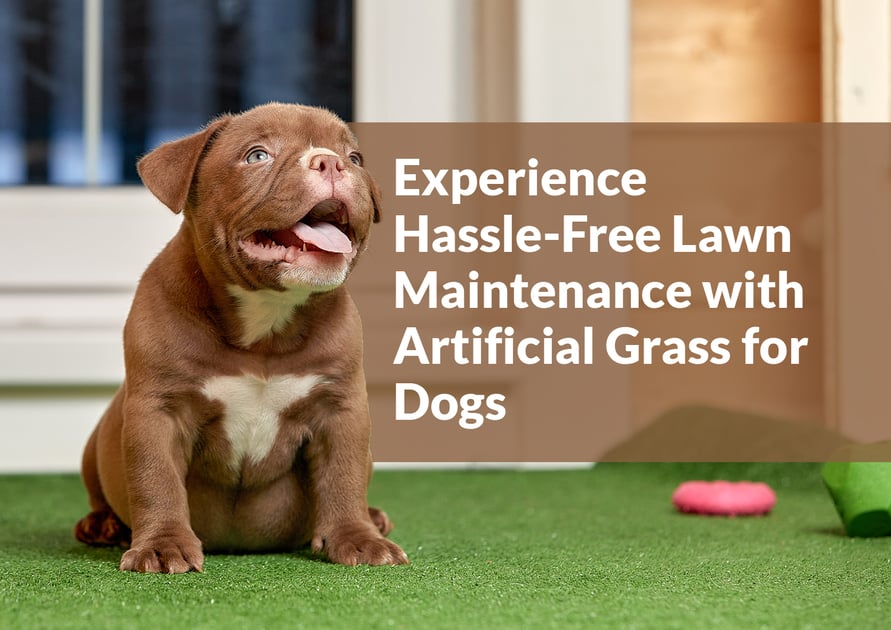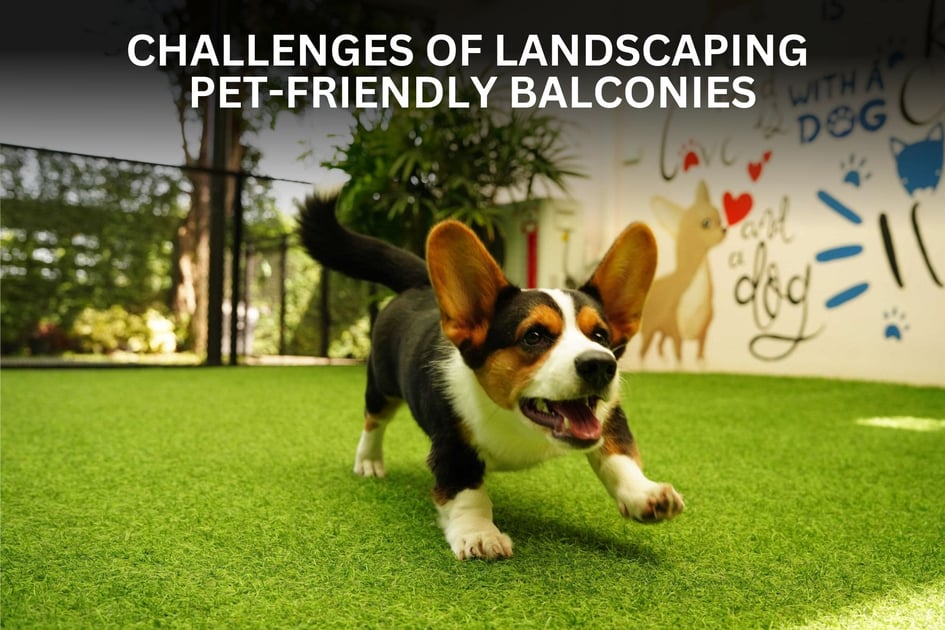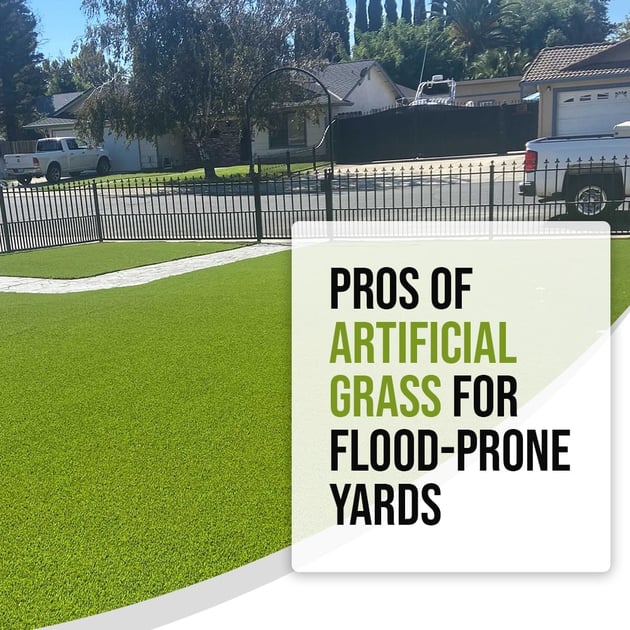Let's be real: no one can deny that a pristine lawn is an absolute dream. Unfortunately, it takes a lot of time, money, and effort to grow and maintain natural grass for landscaping. On top of that, lawn care often involves tasks that are not good for the environment. The great news is that there's an eco-friendly alternative to real grass: artificial turf in San Jose.
Why Are Natural Lawns Bad for the Environment?
Live lawns have a dark side. In a nutshell, they're not ecological because it requires upkeep that can damage the environment.
Chemical Poisoning
Natural grass requires fertilizers, pesticides, weedicides and other chemicals to thrive. These toxic chemicals can seep into the ground and contaminate underground water reservoirs. Rainwater runoff can also carry these harmful chemicals to water sources like rivers, lakes and oceans and poison ecosystems.
Carbon Emissions
Lawn maintenance involves tools and equipment that produce carbon emissions, including lawnmowers, weed whackers and leaf blowers. In fact, according to the Environmental Protection Agency (EPA), maintaining a small lawn can produce between 300 to 600 pounds of CO2 per year. That's about what you'd get from driving about 3,000 miles in a typical car.
Water Waste
Depending on where you live and what type of grass you have planted in your yard, you may use anywhere from 1/2 to 2 inches of water per week. If your climate is drier than average or if it has been unusually dry lately, you might need even more water than that—which can really add up over time. That can be bad news, not only for your wallet, but also for the environment, especially during droughts.
Why Is Artificial Grass Eco-Friendlier Than Natural Grass?
First of all, artificial turf in San Jose doesn't need toxic chemicals to stay in great condition. You don't need to fertilize it because it'll stay green and lush even if there are no nutrients in the soil under it.
Specifically, you won't need to buy or use the following anymore:
- Pesticides: Natural yards are full of bugs, grubs and other pests. If you don't want them munching on your grass, you need to use pesticides to kill them. Even organic pesticides can be harmful to the environment because they often contain ingredients that are toxic to animals, plants and water sources.
- Fertilizers: Fertilizers help grass grow by adding nutrients to the soil. However, they can also contain harmful chemicals that can pollute water and damage ecosystems.
- Weed killers: Weeds are inevitable in any lawn. To get rid of them, you need to use weed killers, which can also contain toxic chemicals.
Artificial turf in San Jose doesn't need any of that because it's made of synthetic materials that pests and weeds can't eat. It also doesn't need fertilizers because the fake grass doesn't rely on nutrients in the soil to stay green—it gets its color from the pigment in the synthetic fibers.
But what about the carbon emissions problem? Well, artificial grass doesn't grow. That means it stays at the perfect height and density no matter how much time passes. You don't have to worry about mowing or other grass lawn care tasks that require equipment that produces carbon emissions.
And yes, there are several lawn care tasks that add to your yard's carbon footprint.
Below are just some examples:
- Mowing: A gas-powered lawnmower emits about as much carbon dioxide in one hour as a car does in 350 miles.
- Weed Whacking: Gas-powered weed whackers emit about twice as much carbon dioxide per hour of use as lawnmowers do.
- Leaf Blowers: A gas-powered leaf blower emits about as much carbon dioxide in one hour of use as a car does in 11 miles.
Not only that, but the waste produced by these lawn care tasks can also be bad for the environment. Mowing your lawn produces about 200 pounds of grass clippings per year, which can end up in landfills if you don't compost them. And those leaf piles you rake up every fall? They can also end up in landfills, where they'll release methane—a greenhouse gas that's even more potent than carbon dioxide.
The same is true for other synthetic grass applications like a residential putting green in San Jose.
Finally, fake grass stays green and lush even during droughts. Since it's synthetic, it doesn't need water to look and feel great. That means you'll be able to use less water and conserve more of it for nature—which is a win for both you and the environment!
Give Back to the Environment With Artificial Turf in San Jose, CA
Is the idea of beautiful landscaping that doesn't harm the planet something you'd like to explore? If so, we encourage you to reach out to us here at Heavenly Greens.
We offer high-quality artificial grass for dogs in San Jose, putting greens, playgrounds and other applications. And you can count on our team to give your yard a stunning and environmentally friendly makeover.
Call us at 1844-287-5876 or send us a message online to learn more about our landscaping solutions. We'd love to hear from you!











